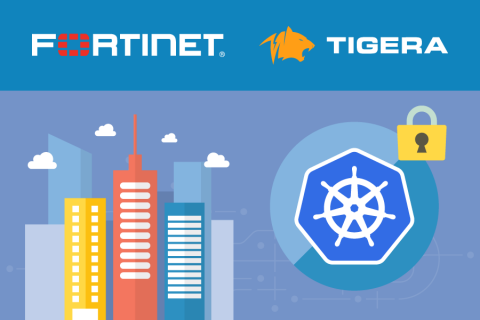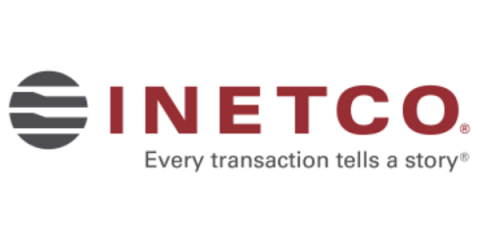Free Cyber Safety Resources during COVID-19
Whether you are reading this from somewhere in the United States or overseas, chances are you are doing it from the comfort of your home. Not because you chose to but because you were asked to do so in order to prevent Coronavirus disease 2019 (COVID-19) from spreading any further. If you are a parent, working remotely with your kids at home, you are probably facing additional challenges.











